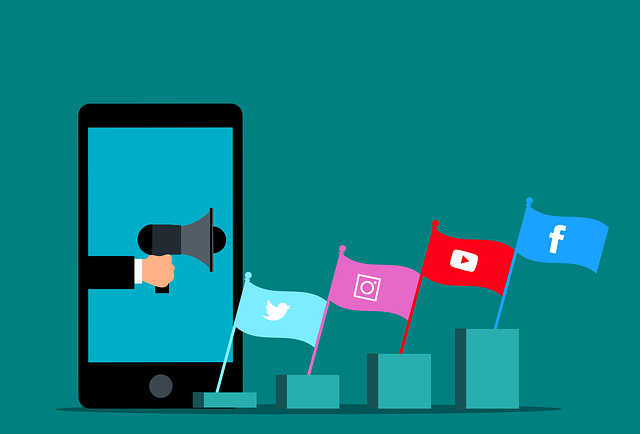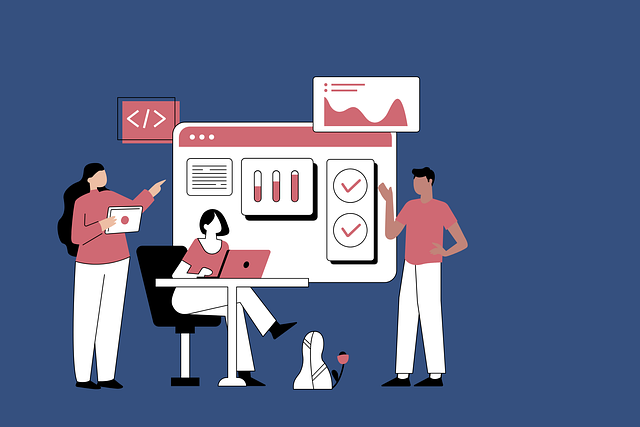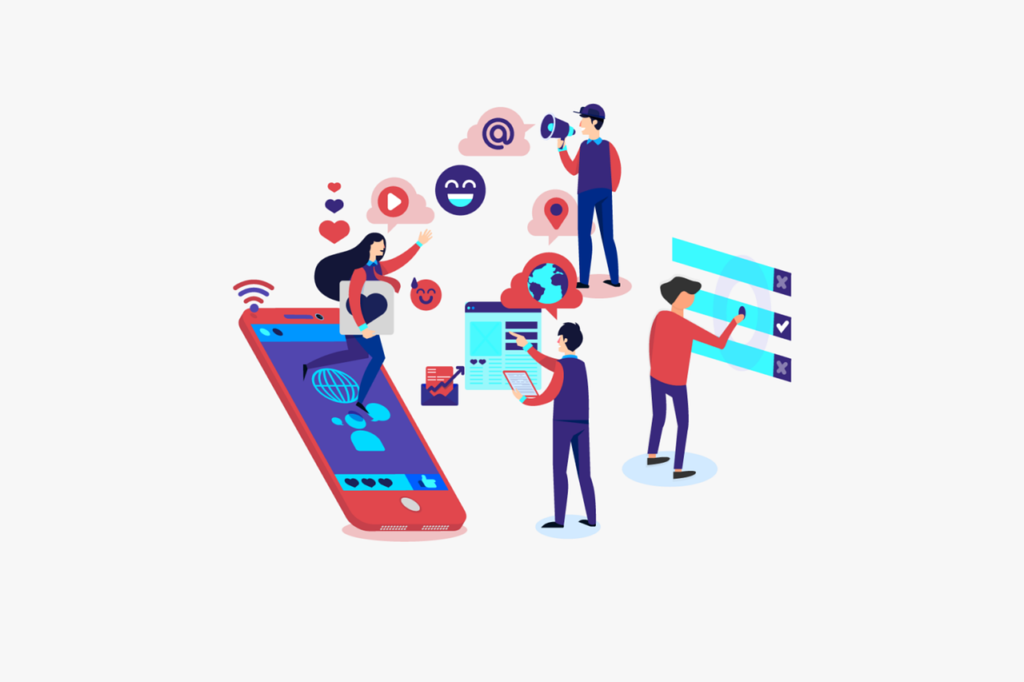Acquiring customers is the lifeblood of any business, but doing so efficiently is the key to long-term success. For many companies, customer acquisition costs (CAC) can spiral out of control if not carefully managed. Often, businesses stick to channels that seem to work but fail to analyze whether these methods are actually cost-effective. Over time, this inefficiency drains resources and cuts into profitability.
The solution? Identify the channels that are eating away at your budget without delivering high-value customers and either optimize them or eliminate them altogether. This guide will walk you through actionable steps to pinpoint expensive channels, understand why they’re underperforming, and make smarter decisions about your marketing mix.
Step 1: Calculate Your Customer Acquisition Cost (CAC) for Each Channel
Understand the Basics of CAC
Customer Acquisition Cost is the total cost of acquiring a new customer, divided by the number of customers acquired. This includes all expenses related to marketing and sales, such as ad spend, software tools, salaries, and production costs.
For example, if you spend $10,000 on a social media campaign and gain 200 customers, your CAC for that campaign is $50. Understanding this metric for each channel is the first step in identifying expensive ones.
Break Down Costs by Channel
To truly understand which channels are draining your budget, you need a detailed breakdown of CAC by channel. For instance:
- How much are you spending on Google Ads versus how many customers it’s bringing in?
- Is your email marketing driving conversions or just costing you time and money?
- Are your social media ads attracting the right audience, or are you paying for unqualified clicks?
Use tools like Google Analytics, HubSpot, or other CRM platforms to track the cost and performance of each channel. The goal is to identify channels with disproportionately high CAC compared to the revenue or lifetime value they generate.
Step 2: Assess the Quality of Leads Generated
It’s Not Just About Volume
A channel might deliver a large number of leads, but if those leads don’t convert into paying customers, the channel isn’t worth the investment. Focus on the quality of leads rather than the quantity.
For example, a LinkedIn campaign might bring in fewer leads than a Facebook ad, but if those LinkedIn leads have a higher conversion rate, the platform may be a more efficient use of your resources.
Track Lead-to-Customer Conversion Rates
To assess lead quality, track conversion rates for each channel. Use metrics such as:
- Lead-to-Customer Conversion Rate: The percentage of leads from a channel that become paying customers.
- Customer Lifetime Value (CLV): The total revenue a customer generates over their relationship with your business.
If a channel has a high CAC and low conversion rate, it’s a clear sign that something needs to change.
Step 3: Identify Signs of an Expensive Channel
Low Return on Ad Spend (ROAS)
Return on Ad Spend (ROAS) is the revenue generated from an ad campaign divided by the cost of running that campaign. If your ROAS is consistently low for a channel, it might not be worth the investment.
For instance, if you spend $5,000 on Facebook ads and generate only $6,000 in revenue, your ROAS is 1.2x. While this isn’t necessarily bad, a higher ROAS is typically expected for scalable and profitable campaigns. Compare this figure across channels to spot inefficiencies.
High Drop-Off Rates
Another red flag is a high drop-off rate in the customer journey. For example, if a channel drives a lot of traffic to your website but most visitors leave without engaging, it could signal misaligned targeting or messaging.
Analyze where users drop off—whether it’s the landing page, checkout process, or after signing up for a free trial. This can help you determine whether the problem lies with the channel itself or your strategy.
Step 4: Diagnose Why a Channel is Underperforming

Misaligned Targeting
Sometimes, a channel underperforms because it’s reaching the wrong audience. For example, broad targeting on Google Ads might bring in a high volume of clicks but few conversions. Use tools like audience segmentation to refine your targeting.
Weak Messaging or Creatives
Even the right channel can fail if your messaging doesn’t resonate with the audience. If your ad creatives, headlines, or CTAs aren’t compelling, leads won’t convert. Test different variations to see what works best.
For example, if your email campaigns have a high open rate but a low click-through rate, your email content might not align with reader expectations. Experiment with different tones, formats, or offers.
Step 5: Optimize or Eliminate Expensive Channels
Test and Tweak Before Eliminating
Before giving up on a channel, try optimizing it. This could involve:
- A/B Testing: Experiment with different ad creatives, landing pages, or CTAs to find what drives better results.
- Retargeting: Use retargeting ads to re-engage users who showed initial interest but didn’t convert.
- Refining Keywords: For PPC campaigns, focus on high-intent keywords and use negative keywords to avoid irrelevant traffic.
For example, if your Google Ads campaign has a high CAC, narrowing down your keyword list or adjusting bid strategies can improve efficiency.
Know When to Cut Your Losses
If a channel continues to perform poorly despite optimization efforts, it’s time to reallocate your budget. Focus on channels with proven ROI and scalability, and don’t be afraid to let go of what isn’t working.
For instance, if you’ve optimized Instagram ads repeatedly but they still fail to attract high-quality leads, shift your focus to platforms like LinkedIn or email marketing that deliver better results.
Step 6: Double Down on Cost-Effective Channels
Focus on High-Performing Channels
Once you’ve identified your most cost-effective channels, invest more in scaling them. For example, if email marketing consistently drives high-quality leads with a low CAC, prioritize growing your email list and creating more targeted campaigns.
Similarly, if organic traffic from SEO is a strong performer, consider creating more evergreen content, optimizing your website, and expanding your keyword strategy.
Explore Affordable Alternatives
Consider testing new, lower-cost channels that align with your audience. For instance:
- If PPC ads are too expensive, try content marketing or social media engagement to drive organic traffic.
- If influencer campaigns are draining your budget, work with micro-influencers who charge less but have a highly engaged following.
Step 7: Use Attribution Models to Guide Decisions

Understand Multi-Touch Attribution
Often, expensive channels may appear ineffective because they don’t drive direct conversions but still play a role in the customer journey. Multi-touch attribution helps you assign credit to all touchpoints, from awareness to purchase.
For example, a Facebook ad might not generate direct sales but could drive initial awareness that leads to conversions via email marketing. By understanding the interplay between channels, you can make more informed decisions about where to cut or invest.
Step 8: Monitor and Adjust Regularly
Continuous Monitoring
Customer acquisition channels are dynamic. What works today might not work tomorrow, and channels with high CAC can become cost-effective with time. Regularly review your analytics and performance metrics to stay ahead.
For instance, seasonality, market trends, or changes in ad platform algorithms can impact channel performance. Stay agile and adjust your strategy as needed.
Set Clear Benchmarks
Establish benchmarks for CAC, ROAS, and conversion rates to measure success. Compare current performance to these benchmarks to quickly identify underperforming channels.
Step 9: Leverage Organic Growth Strategies
Prioritize Content Marketing
One of the most cost-effective ways to attract qualified leads is through content marketing. By creating valuable, SEO-optimized content, you can drive traffic organically without relying on expensive ad campaigns. The key is consistency and relevance.
For example, if you run a tech startup, create how-to guides, case studies, and blogs that address common pain points in your industry. Over time, these resources build trust and attract potential customers who are already searching for solutions like yours.
Optimize your content for search engines by targeting keywords your audience frequently uses. Use tools like Google Keyword Planner or Ubersuggest to identify long-tail keywords that have lower competition but high intent.
Focus on Social Media Engagement
Social media doesn’t have to be a money pit if you focus on organic engagement. Build a strong presence by sharing user-generated content, starting conversations, and providing value through tips, tutorials, or behind-the-scenes insights.
For example, a sustainable fashion brand could share styling tips, customer stories, and content that highlights its ethical practices. Engaging consistently builds a loyal community and reduces reliance on paid promotions.

Related: Check out our free tools:

Step 10: Leverage Referral Programs and Partnerships
Turn Customers into Advocates
Referral programs incentivize your existing customers to bring in new leads. Not only are these leads more likely to convert (thanks to the trust established through the referral), but they also cost less to acquire.
For instance, offer discounts, free products, or exclusive perks to customers who refer their friends. Platforms like ReferralCandy or Ambassador make it easy to set up and track these programs.
Collaborate with Complementary Brands
Partnering with non-competing brands that share your target audience can expand your reach without additional ad spend. For example, a fitness app could partner with a nutrition company to create co-branded content or bundled offers. These collaborations allow you to tap into each other’s customer bases, driving qualified leads at a fraction of the cost of traditional advertising.
Step 11: Shift Focus to Retention and Upselling
Retention Is Cheaper Than Acquisition
Acquiring new customers is often far more expensive than retaining existing ones. Shift part of your budget to retention strategies like loyalty programs, personalized offers, or exceptional customer service. Happy customers not only stick around but also become brand ambassadors, driving word-of-mouth referrals.
For example, an e-commerce business could offer exclusive discounts or early access to sales for repeat customers. These gestures deepen loyalty while keeping customers engaged with your brand.
Upsell and Cross-Sell Strategically
Existing customers already trust your brand, making them more likely to purchase additional products or services. Use data to identify opportunities for upselling or cross-selling. For instance, if a customer buys a camera, follow up with recommendations for lenses or accessories.
Automated email campaigns are a low-cost way to suggest complementary products based on purchase history, increasing revenue without additional acquisition costs.
Step 12: Automate Where Possible
Reduce Manual Effort with Automation Tools
Automation tools can streamline your marketing processes, saving both time and money. For example, platforms like Mailchimp or ActiveCampaign can handle email marketing, while HubSpot or Salesforce automates lead tracking and CRM tasks.
Set up workflows to nurture leads automatically, such as welcome emails, follow-ups, or retargeting campaigns. For instance, if someone downloads a free guide from your website, an automated email sequence can educate them about your services and guide them toward making a purchase.
Optimize Ad Spend with AI
Many ad platforms offer AI-driven tools to optimize your campaigns in real time. Use features like Google’s Smart Bidding or Facebook’s Advantage+ to adjust bids, targeting, and placements based on performance data. These tools ensure your budget is spent on audiences most likely to convert, reducing wastage.
Step 13: Explore Alternative Channels

Test Emerging Platforms
Sometimes, expensive CAC is the result of saturated, over-competitive channels. Explore emerging platforms where your audience is active but competition is lower. For example, TikTok offers a younger demographic and lower ad costs compared to platforms like Facebook.
Start small by testing content organically. If it gains traction, consider investing modestly in ads. For instance, a beauty brand could share makeup tutorials on TikTok to engage users and generate leads organically.
Use Niche Advertising Networks
If mainstream platforms like Google and Facebook are too costly, consider niche advertising networks that cater to specific industries. For example, if you’re in tech, platforms like Stack Overflow or Capterra may offer a more targeted audience at a lower cost.
Step 14: Regularly Review Your Marketing Mix
Conduct Quarterly Channel Reviews
Your marketing strategy isn’t static. Regularly review the performance of each channel to ensure it continues to deliver value. Look for shifts in audience behavior, platform algorithms, or market trends that might impact performance.
For example, if email open rates are dropping, experiment with subject lines or adjust the frequency of your campaigns. If a previously high-performing ad campaign starts showing diminishing returns, reevaluate the targeting or messaging.
Reallocate Budget Dynamically
Based on your reviews, shift budgets from underperforming channels to high-ROI ones. For instance, if paid search ads have become too expensive, allocate those funds to SEO or content marketing, which can deliver long-term benefits at a lower cost.
Step 15: Encourage Cross-Department Collaboration
Align Marketing and Sales Teams
One of the reasons customer acquisition efforts can become expensive is a disconnect between marketing and sales. If the two teams aren’t aligned, marketing may be generating leads that sales can’t convert. Conversely, sales may not effectively nurture leads that marketing worked hard to bring in.
Start by creating a shared definition of what constitutes a qualified lead. This ensures that marketing focuses on channels and campaigns that attract leads sales can close. Regular meetings between the two teams can help identify gaps and refine targeting efforts.
For example, if sales notices that leads from a particular social media campaign frequently fail to convert, marketing can adjust the messaging or targeting strategy.
Leverage Customer Success Insights
Your customer success team is a goldmine of information. They interact directly with customers and can provide valuable insights into what works and what doesn’t. Use their feedback to refine your acquisition channels and messaging.
For instance, if they notice that customers frequently mention being confused by certain aspects of your ads or onboarding process, you can address these issues in your marketing campaigns. These insights reduce wasted spend by ensuring your acquisition efforts are aligned with customer needs and expectations.
Step 16: Shift Focus to High-Intent Audiences

Prioritize Warm Leads
Cold audiences—those who have never interacted with your brand—are often the most expensive to convert. Instead, focus on warm leads who have already engaged with your content, visited your website, or subscribed to your email list.
Retargeting campaigns are an effective way to re-engage warm leads. For example, if someone abandoned their cart on your e-commerce site, show them ads reminding them of the items they left behind, possibly with an incentive like free shipping.
Warm leads are more likely to convert, making these campaigns a more efficient use of your budget.
Use Lookalike Audiences
Most ad platforms, like Facebook and Google, allow you to create lookalike audiences based on your existing customers. These audiences share similar characteristics and behaviors, making them more likely to convert.
For instance, if your top customers are small business owners aged 35–50, use that data to create a lookalike audience and target them with tailored messaging. This strategy helps you find high-intent prospects without spending excessively on broad targeting.
Step 17: Evaluate Long-Term Value Over Short-Term Gains
Focus on Customer Lifetime Value (CLV)
Not all customers are created equal. Some may make a single low-value purchase, while others become repeat buyers or long-term clients. Shifting your focus to acquiring customers with high lifetime value (CLV) ensures that your acquisition spend delivers maximum ROI.
Analyze your current customer base to identify characteristics of high-CLV customers. Are they from a specific industry? Do they respond to certain offers? Use this data to refine your targeting and prioritize channels that attract these valuable customers.
For example, a SaaS company might discover that users who start with a free trial and attend a live demo are more likely to stay subscribed long-term. In this case, they could invest more in promoting free trials and live demos.
Balance Acquisition with Retention
While acquiring new customers is important, retaining existing ones is often more cost-effective. Use a portion of your budget to enhance the customer experience, improve loyalty programs, or offer exclusive perks to repeat buyers.
For example, a subscription box company could offer discounts for customers who refer friends, incentivizing both retention and acquisition simultaneously.
Step 18: Conduct Competitor Analysis
Learn from Competitors’ Mistakes
Your competitors can provide valuable insights into which channels and strategies work—and which don’t. Analyze their campaigns to identify gaps or opportunities in your own approach.
For instance, if a competitor relies heavily on paid search ads but struggles with negative reviews about poor customer targeting, you can refine your PPC strategy to address those pain points. Alternatively, you might discover they’re neglecting organic content, presenting an opportunity for you to dominate that space.
Benchmark Against Industry Standards
Use competitor data to benchmark your performance. If their social media ads are driving higher engagement at a lower cost, analyze what they’re doing differently. Are they using better visuals, more compelling CTAs, or targeting a more specific audience?
Competitor analysis isn’t about copying—it’s about learning and adapting to stay ahead.
Conclusion: Streamline for Success
Reducing customer acquisition costs isn’t about cutting corners—it’s about working smarter. By identifying and eliminating expensive channels, optimizing underperforming ones, and doubling down on cost-effective strategies, you can achieve sustainable growth without wasting resources.
The key is to stay proactive. Regularly analyze performance, experiment with new approaches, and be willing to pivot when necessary. With the right focus and discipline, you’ll build a lean, efficient acquisition strategy that attracts high-value customers while keeping costs in check. Start today, and let the data guide you to better results.
READ NEXT:
- Are Vanity Metrics Killing Your Marketing Efficiency? Here’s What to Track Instead
- Pinpointing Digital Marketing ROI: Why Your Metrics Aren’t Telling the Full Story
- Unlocking Real ROI in Digital Marketing: The Hidden Costs Draining Your Budget
- How Misaligned Marketing Funnels Are Blocking Your ROI Potential
- Best Digital Marketing Agency In Santa Ana, California
- Best Digital Marketing Agency In San Francisco, California





















